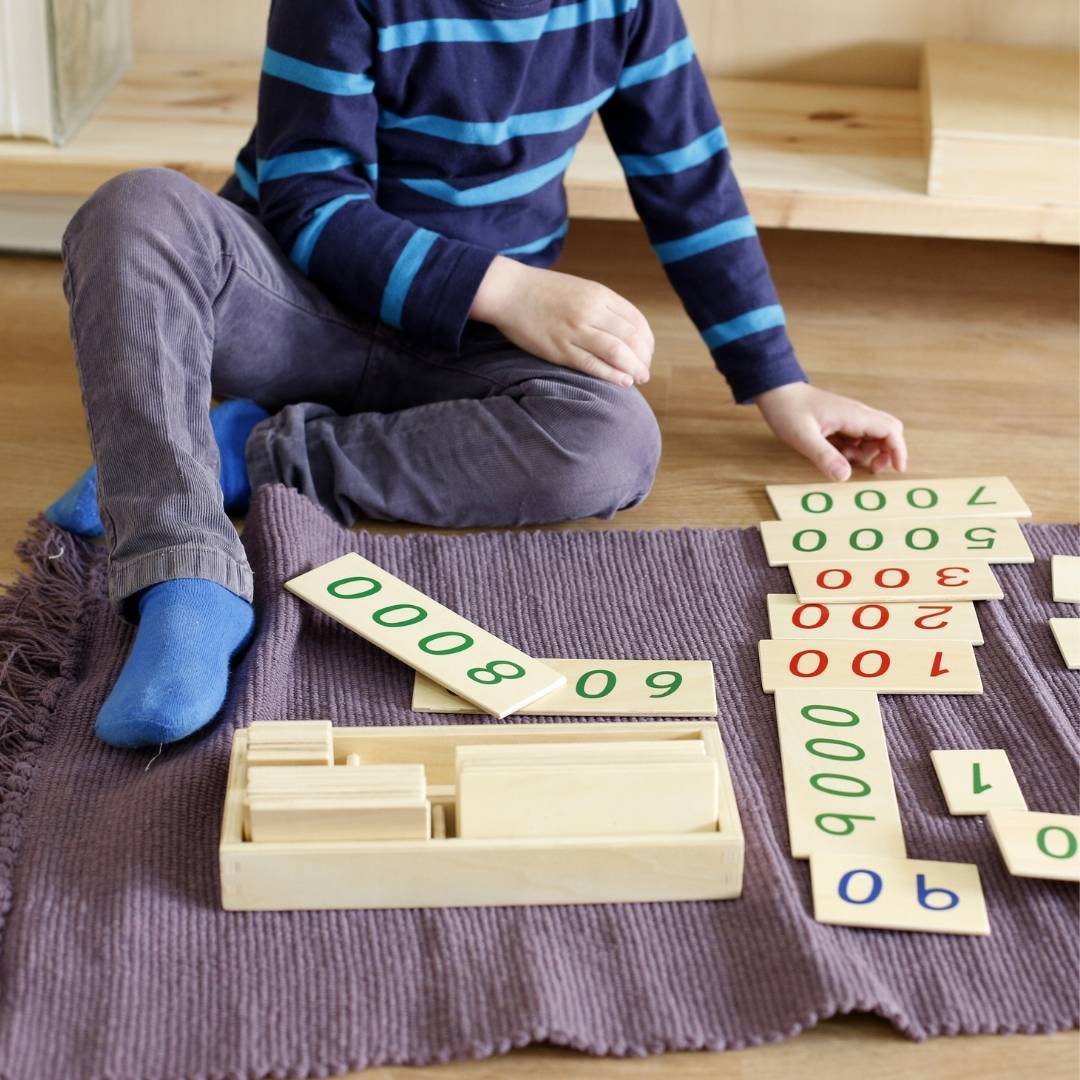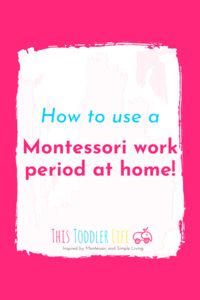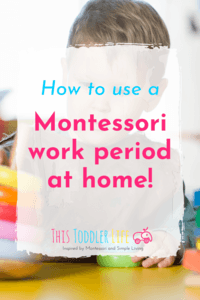- Home /
- Blog /
- MONTESSORI /
- How to use a Montessori Work Period at Home
xxx videos
massive brown wiener for foxy sweety rilynn rae.xxxvideos
How to use a Montessori Work Period at Home

Confused about what a work period is and how to implement it in your home vs. a classroom? Want to know when and how long your child should have access to their materials on the shelves? Just wondering when you can let them have free range of their toys?
If any of these questions are intriguing be sure to keep reading (or watch the video below); Where I address how to use a Montessori work period at home! (If you want to catch these Montessori trainings LIVE be sure to join my free Montessori Toddlers Facebook group here.)
It’s easy to become overwhelmed when it comes to implementing Montessori principles in our homes. That overwhelm can breed inaction and that’s the LAST thing I want to happen. That’s why I’ve broken down Montessori work periods at home into three, EASY and actionable steps, so you can start a work period today! (And if you’re looking for even more great, FREE ways to start practicing Montessori in your home, be sure to join us April 4 – April 7 in our FREE 4 Days to a Montessori Home Challenge!)
 1.) Have a dedicated and consistent work period.
1.) Have a dedicated and consistent work period.
For a child where everything is new and big and scary; Knowing what’s next in their day is a huge comfort to them. That’s why a routine is so vital for little ones. A work period is no different. Be sure you have a specific time in your day (or every other day, or just on the weekends)….whatever it is that works for your family that you can CONSISTENTLY commit to.
In a classroom, this would mean 5 days a week. But we’re talking about home and we all have different homes, schedules and routines so feel free to set a schedule for you child that makes sense for your family. If your child attends a Montessori school during the week, or you’re working 9-5 Monday – Friday, maybe work periods only make sense on the weekends for your family. Or maybe you’re a stay-at-home parent and can commit to a work period Monday through Friday. Whatever your schedule allows is great! Just be sure that whatever day and time you choose, you can be consistent with it. Consistency will also help your child better understand WHAT exactly this time period is for.
If you have the ability, 9:00 or 10:00 am is a great time for a work period, because you can do a ‘this-then-that’ schedule. What I mean by this is; We all have a flow to our mornings (whether we realize it or not.) We wake up, wash our face, eat breakfast, brush our teeth, get dressed, head out for the day etc. So maybe, after you have your breakfast you tend to have a gap, where things are NOT the same everyday. This is a perfect time to put a work period. So your child knows, after we eat breakfast, then we have our work period.
2.) Have set, undivided attention time outside of the work period.
This is going to sound strange at first, but stay with me because I promise there’s a reason behind this! Ensure that your child has a dedicated 10-30 minutes of one-on-one, time with JUST you. This means no other children or adults are around. Your phone is put away, you’re not folding laundry or unloading the dishwasher. Every ounce of your attention is focused on your child for 10-30 minutes each day. You can even ask your child what they would like to do during this time; take a walk? Play a game? Read a book? Something that they enjoy and choose.
The reasoning behind this is; Your child has an attention and a belonging “bucket,” that needs to be filled. Often, when children are acting out, it’s because one of these “buckets” needs to be filled in some way. To ensure your child’s needs are being met, give this time a name (we call it mommy-and-me time) and make it a priority to work have this time DAILY!
What does individual time have to do with a work period? When it’s time for a work period, sometimes children tend to act out, or seek help when they are perfectly capable of completing a task independently. To avoid these pitfalls, and make sure your child can FULLY concentrate on their work period, be sure that their attention and belonging buckets are already filled (or will be filled at a predictable time later in the day.)
In short: scheduled, consistent one-on-one time with our children equates to a more independent, confident, and focused child.
3.) Put your teacher hat on during. Everything else is free play!
What’s the difference between free play and a dedicated work period? The main difference is YOU! During a work period, you’re not doing anything besides observing; No laundry, dishes, your phone is away etc. Your only job is to observe.
During a work period you can even bring out materials you don’t normally leave out (like transferring rice or painting). This time is a chance for you to make sure that the things you’re putting on your child’s shelves are things that they’re actually interested in. Use this time to observe what they’re enjoying and think about what else you can put on their shelves that they may find interesting. Or maybe you even observe skills they seem to have already mastered, so you can consider how to push them a little further to master a new skill.

Now that we’ve covered some of the basics when it comes to Montessori work period at home I’d love to know; What other questions do you have? Drop them below, so I can get them answered.
Don’t forget; If you’re interested in learning more about how to make effective observations of your child, and use those observations to make a beautifully prepared environment for your child to thrive in, be sure to join us in our FREE 4 Days to a Montessori Home Challenge! We only do this challenge a few times a year, so even if you’re on the fence, go ahead and sign up and you can catch #replays of the trainings through April 13th! ALSO, you’ll have a chance to win a FULL scholarship to The Montessori Learning Center just by participating. So be sure to join us here.

 1.) Have a dedicated and consistent work period.
1.) Have a dedicated and consistent work period.